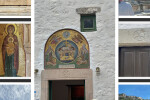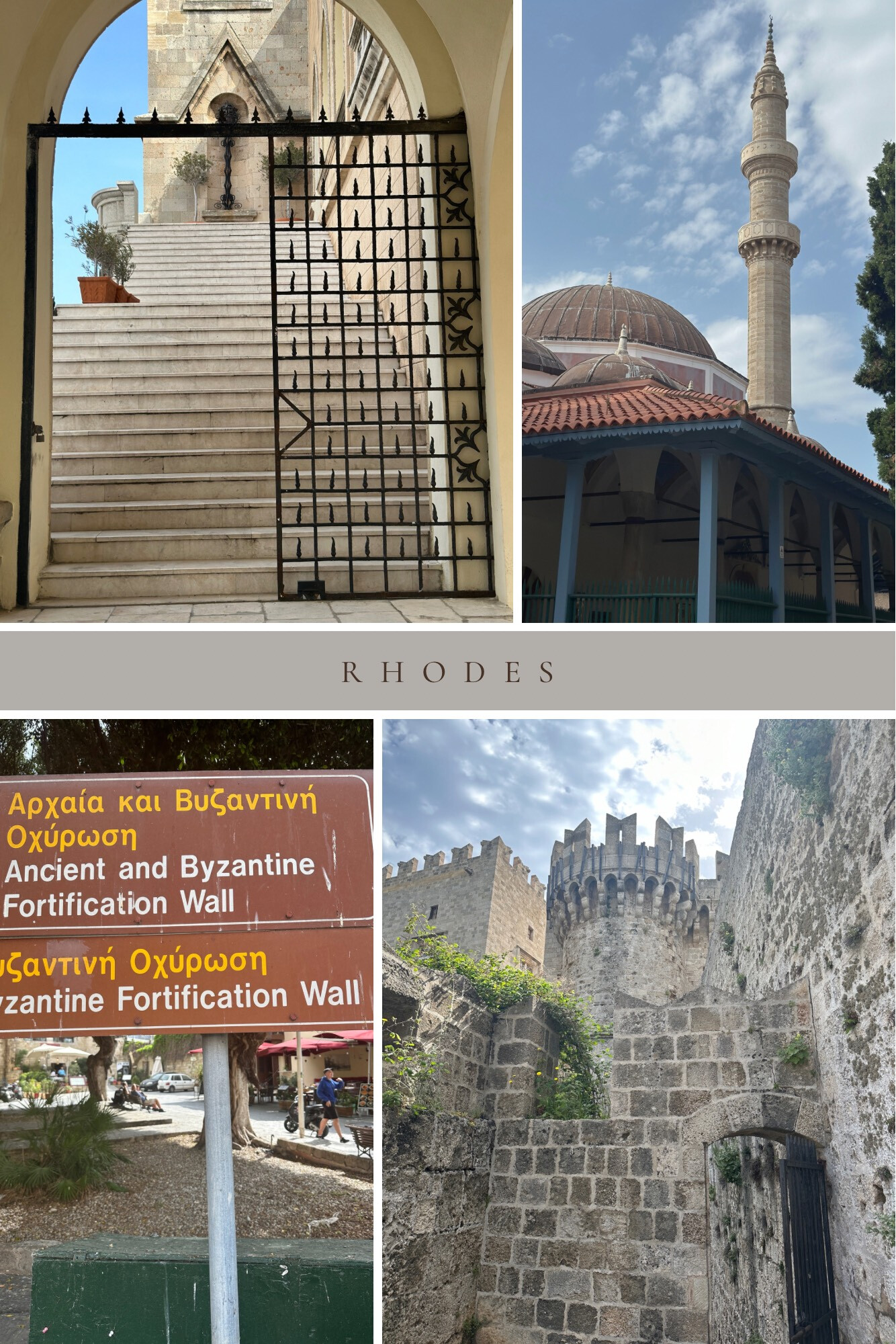Palmerage: Pilgrimage to Greece | Day 8


Rhodes: thankfully not shipwrecked
The book of Acts mentions Paul was shipwrecked at Rhodes during his journey and preached the gospel there. Imagine—hearing a word of liberation and God’s love on a fluke because the preacher was shipwrecked on your island on his way to his real destination!
While finding oneself shipwrecked at Patmos would be chilling and a reason to question the whys of the universe, a shipwreck at Rhodes doesn’t seem all that unfortunate. Known as the Island of the Sun, because of its patronal deity, Helios, the sun god, Rhodes gets an average of almost 3100 hours, or 300 days of sun each year. The people of Rhodes profit from the sun’s shine on their island—along the ocean front boat after boat offered snorkeling, scuba diving, swimming, and quick bay hopping for those desirous of water play. There are even submarine tours for those wanting to explore the deep, clear waters of this part of the Aegean.
Old Town Rhodes bears all the signs of having been a crossroad city during the Neolithic and Classical periods, as well as Late Antiquity. Rhodes sat at the crossroads of trade, culture, and religion as everyone from the Egyptians, Romans, Anatolians, and Persians stopped on the island to trade and linger in the glory of its sunny days.
In the late Antiquity and Medieval periods, Rhodes was first part of the Byzantine empire and church, and eventually came under order of the Order of Knights of the Hospital of Saint John of Jerusalem, known as the Knights Hospitaller. In 1522 Rhodes fell to the Ottoman Turkish empire and the old town also bears witness to that in the Arabic epigraphs above doors, in the now ruined and abandoned medieval Islamic cemetery, in the tell tale ablaq arch designs in many buildings and in the single minaret still standing in Old Town, not too far from the Jewish Square and the Knights Road.
Rhodes was a heavily besieged and equally heavily fortified city on the Aegean. The coty was surrounded by a well built wall which included three drawbridges and two waterless moats. The people of Rhodes kept the moats waterless, forcing their enemies to spend days trying to fill the moats themselves in order to bring about a successful attack. The time and labor required for this usually made would be attackers reconsider and move on to another target.
The city wall still surrounds the much of the city, an enduring symbol of the strength of the people of Rhodes. And yet, so much has changed. The easily recognizable plinths upon which the ancient world wonder, the Colossus of Rhodes, stood until toppled by an earthquake in 226 BC now serve as regal stands for the island’s more recent mascot, the fallow deer.
More so, this island is still the beloved of the sun, and while it was breezy and overcast most of the day, the sun came out fully as we pulled away from the port, a sign of well wishing as we make our way away from the Dodecanese islands to the island of Crete.
Tomorrow: Crete—Minoan Palace at Knossos—Santorini
faithfully, ryan

Comments
Login/Register to leave a comment